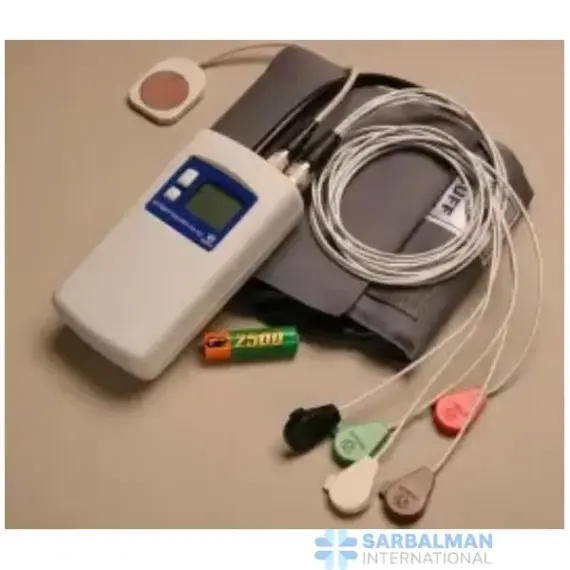Nerve Stimulator
Free!
A portable nerve stimulator for regional anesthesia and neuromuscular blockade monitoring. It delivers controlled pulses through surface electrodes or a probe, with modes like train-of-four and tetanus for quick, objective decisions. Simple controls, clear displays, and a rugged design make it ideal for operating rooms, PACU, and teaching labs. Choose it to locate nerves accurately, document blockade depth, and improve patient safety with reliable, repeatable measurements.
Description
A nerve stimulator is a handheld medical device that delivers brief, low-current pulses to a peripheral nerve and measures the resulting muscle response. Clinicians use it to locate nerves for regional anesthesia and to monitor the depth of neuromuscular blockade during surgery or recovery. The system typically includes a control unit with display, current and pulse-width controls, lead wires, surface electrodes or a stimulating probe, and a patient response button or accelerometer clip. Clear on-screen cues and audible tones guide fast adjustments so teams can work confidently at the bedside, in the operating room, or in clinics.
Key features and benefits
• Adjustable output current and pulse width for precise, patient-specific stimulation
• Multiple modes such as train-of-four, tetanus, single twitch, and double-burst for blockade assessment
• Surface electrodes for noninvasive monitoring and optional probe for nerve localization
• Bright display with countdown timers and battery indicators to streamline workflow
• Lightweight form factor with protective case for mobile use and outreach programs
• Designed for easy cleaning and rapid electrode changes to support infection control
• Data ports or simple readouts that support documentation and training
Common uses and applications
• Regional anesthesia: nerve localization before placing peripheral nerve blocks
• Intraoperative care: objective assessment of neuromuscular blockers to avoid under- or over-paralysis
• Post-anesthesia care: confirmation of recovery to reduce residual paralysis risk
• Education: teaching nerve anatomy and blockade monitoring techniques to trainees
Comparison
• Versus palpation or visual cues alone, a stimulator provides objective, repeatable feedback.
• Versus advanced quantitative monitors, it offers a simple, rugged, and cost-effective solution for everyday cases.
Quality and safety
Well-maintained units are typically engineered to align with recognized medical electrical safety standards such as IEC 60601-1 and applicable particular standards for nerve and muscle stimulators. Periodic performance checks and electrode replacement help ensure consistent, defensible results.




